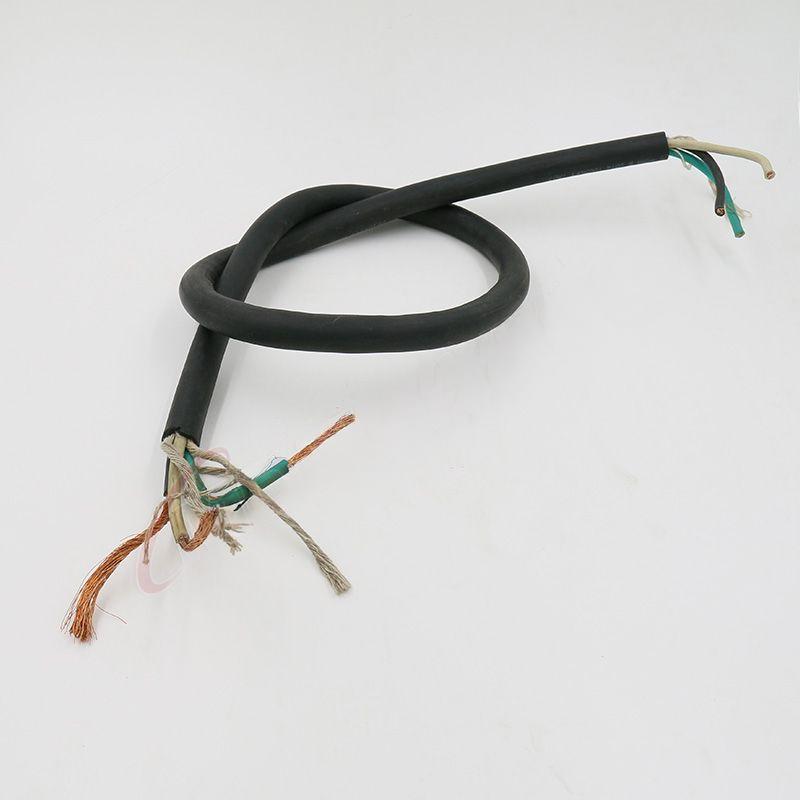Nov . 08, 2024 08:37 Back to list
Wafer Butterfly Valve Design and Applications for Efficient Flow Control
Understanding Wafer Butterfly Valves A Comprehensive Guide
Butterfly valves are a crucial component in various industrial applications, known for their simplicity, efficiency, and effectiveness in regulating flow. Among the different types of butterfly valves, the wafer butterfly valve stands out for its unique characteristics and advantages. This article delves into the design, operational principles, applications, and benefits of wafer butterfly valves, offering a comprehensive understanding of this vital equipment.
What is a Wafer Butterfly Valve?
A wafer butterfly valve is a type of quarter-turn valve that features a circular disc or “butterfly” that rotates within the valve body to control the flow of fluid or gas. Unlike other types of butterfly valves, the wafer design incorporates a compact construction that allows the valve to be sandwiched between two flanges of a pipeline without the need for additional bolting. This makes wafer butterfly valves particularly suitable for tight spaces and reduces installation complexity.
Design and Construction
The design of a wafer butterfly valve typically consists of four main components the valve body, the disc, the stem, and the actuator. The valve body is usually made from durable materials such as cast iron, stainless steel, or PVC, which provide resistance to corrosion and wear. The disc is the critical component that regulates flow; when it is parallel to the flow, the valve is fully open, and when it is perpendicular, the flow is stopped.
The stem connects the disc to the actuator, which can be operated manually or automatically. Actuators can be electric, pneumatic, or hydraulic, allowing for quick and efficient operation of the valve. The design ensures minimal flow resistance and pressure drop when the valve is in the open position, making it an excellent choice for various applications.
Operational Principles
Wafer butterfly valves operate on a simple principle. When the actuator turns the stem, the disc rotates around its axis. This quarter-turn motion allows for easy opening and closing of the valve, facilitating quick control over flow rates. The simplicity of this operation also means that wafer butterfly valves can be integrated into automated systems, enhancing operational efficiency.
One of the key operational features of wafer butterfly valves is their ability to provide throttling capability, allowing for precise adjustments to flow. However, it is important to note that while they are effective for flow regulation, they are not designed for complete shutoff in high-pressure systems. Proper selection of the valve size and material based on the specific application is essential for optimal performance.
wafer butterfly valve

Applications
Wafer butterfly valves find extensive use in various industries, including
1. Water Treatment They are commonly used to regulate the flow of water in treatment plants, ensuring efficient operations and maintenance. 2. Food and Beverage The ease of cleaning and maintenance makes wafer butterfly valves ideal for sanitary applications within the food processing industry. 3. Chemical Processing Their resistance to corrosive substances makes them suitable for managing chemical flows in manufacturing processes. 4. HVAC Systems Wafer butterfly valves are used in heating, ventilation, and air conditioning (HVAC) systems to regulate airflow effectively.
5. Oil and Gas These valves are crucial in the oil and gas industry for flow control in pipelines and storage tanks.
Benefits of Wafer Butterfly Valves
Wafer butterfly valves offer several advantages
- Space-Efficient Their compact design helps save space in installations where every inch counts. - Low Maintenance With fewer moving parts compared to other valve types, wafer butterfly valves require less maintenance, reducing operational downtime. - Cost-Effective They typically have a lower initial cost and operational cost compared to other valve types, making them a budget-friendly option. - Versatile They are suitable for various media, including gases, liquids, and slurries.
Conclusion
In summary, wafer butterfly valves are an efficient and economical choice for flow control in many industrial applications. Their straightforward operation, space-saving design, and versatility make them indispensable tools in sectors ranging from water treatment to food processing. By understanding the unique characteristics and applications of wafer butterfly valves, industries can leverage their benefits to enhance operational efficiency and reliability in their processes. Whether you're considering installing a new system or upgrading existing equipment, wafer butterfly valves deserve serious consideration in your decision-making process.
Share
-
Reliable Wafer Type Butterfly Valves for Every IndustryNewsJul.25,2025
-
Reliable Flow Control Begins with the Right Ball Check ValveNewsJul.25,2025
-
Precision Flow Control Starts with Quality ValvesNewsJul.25,2025
-
Industrial Flow Control ReliabilityNewsJul.25,2025
-
Engineered for Efficiency Gate Valves That Power Industrial PerformanceNewsJul.25,2025
-
Empowering Infrastructure Through Quality ManufacturingNewsJul.25,2025